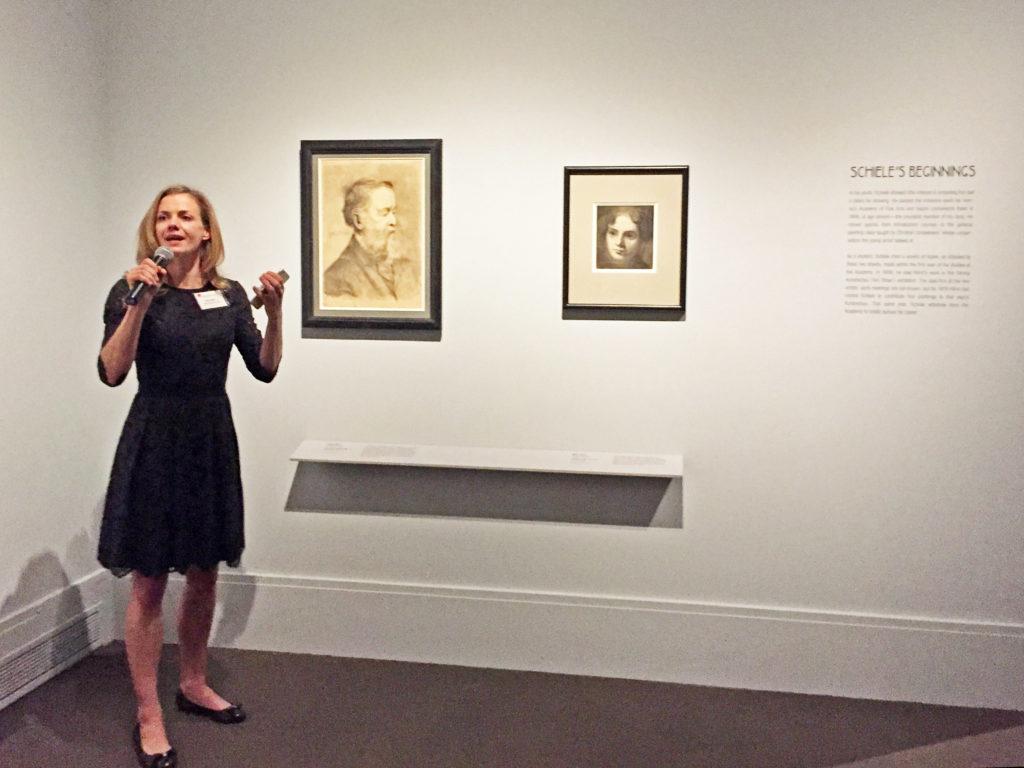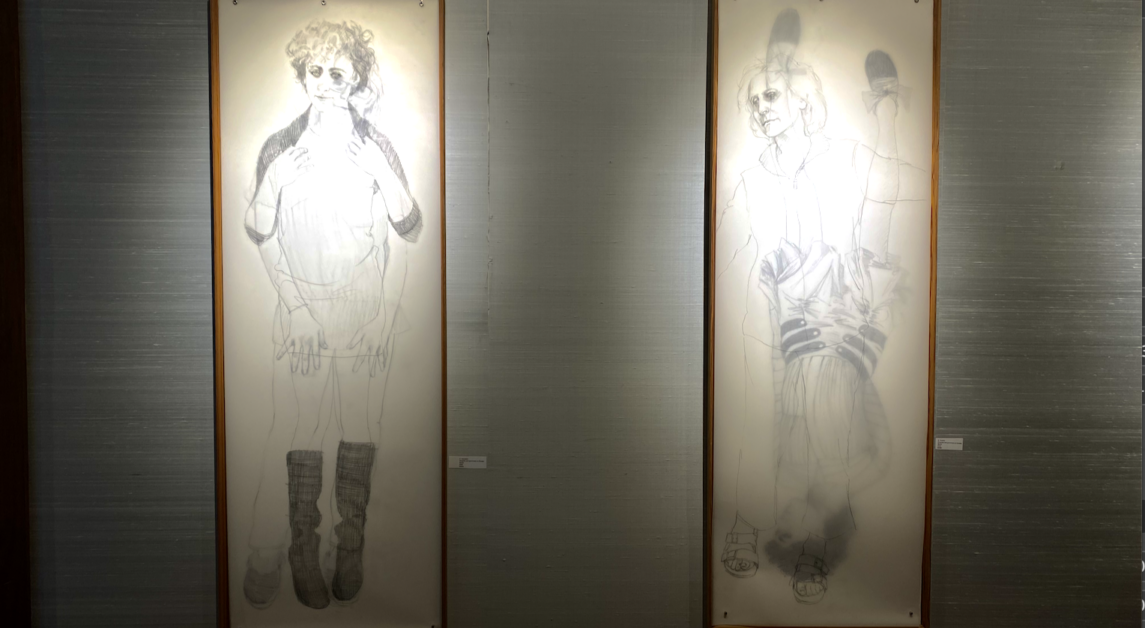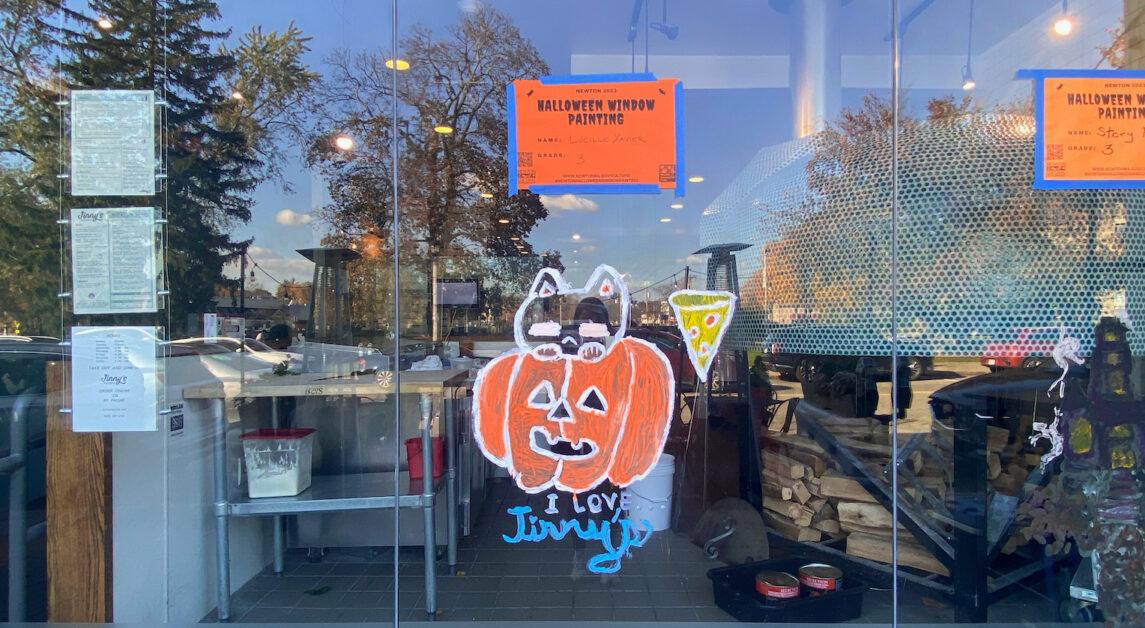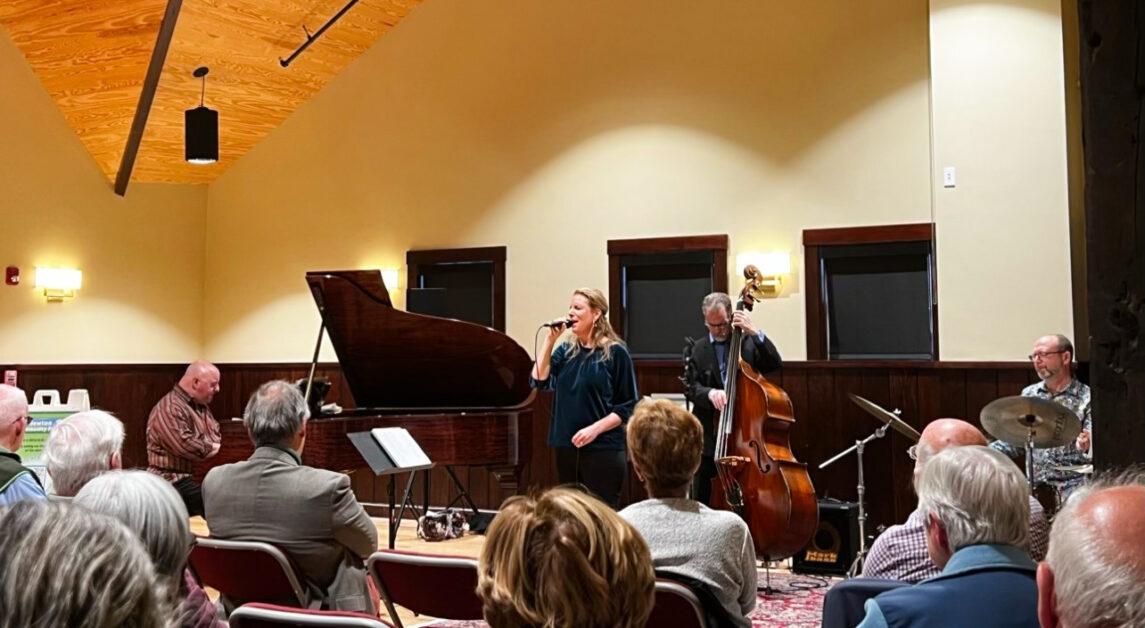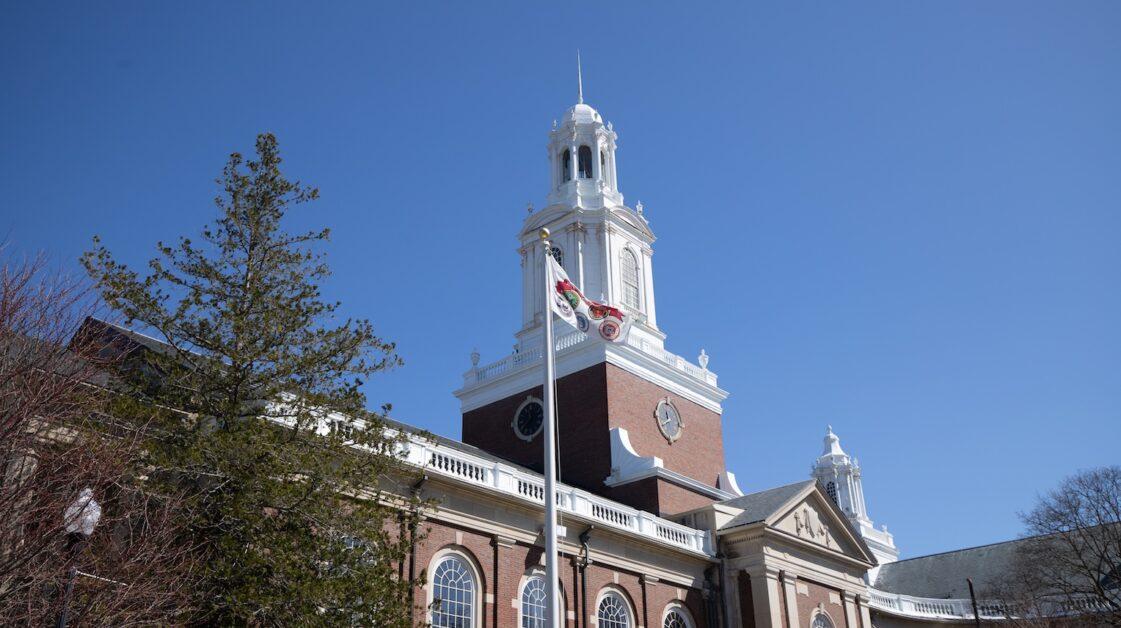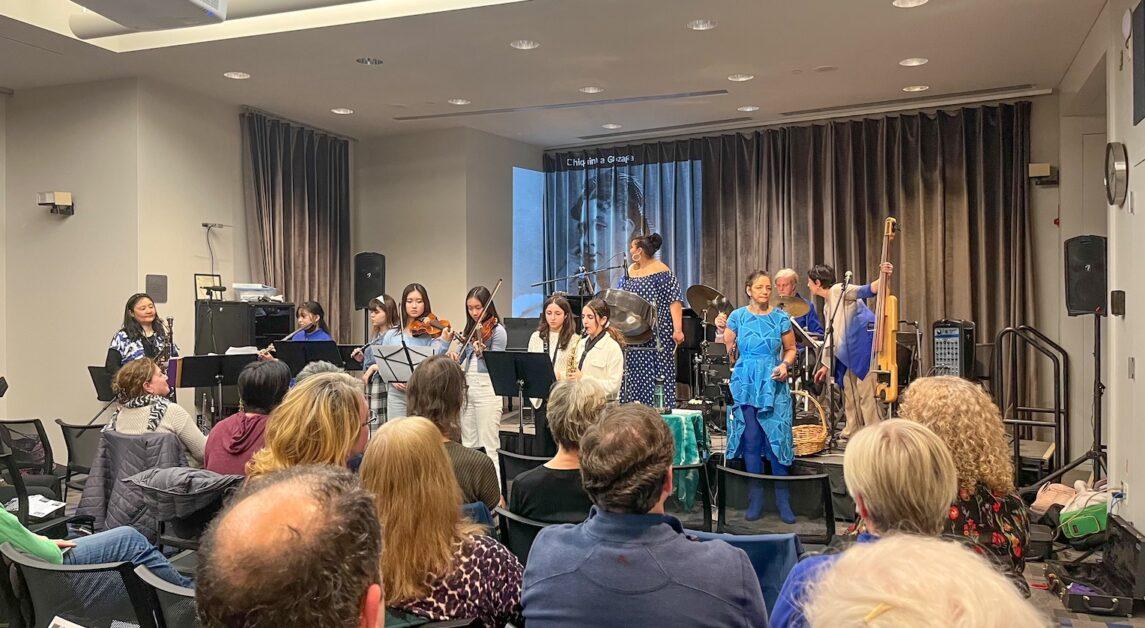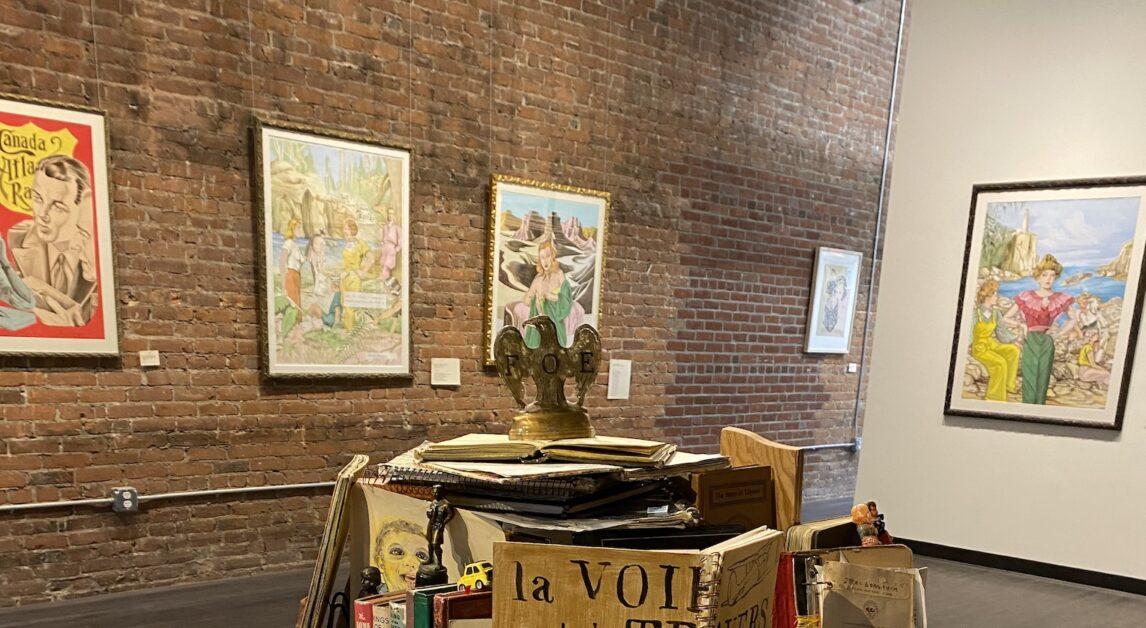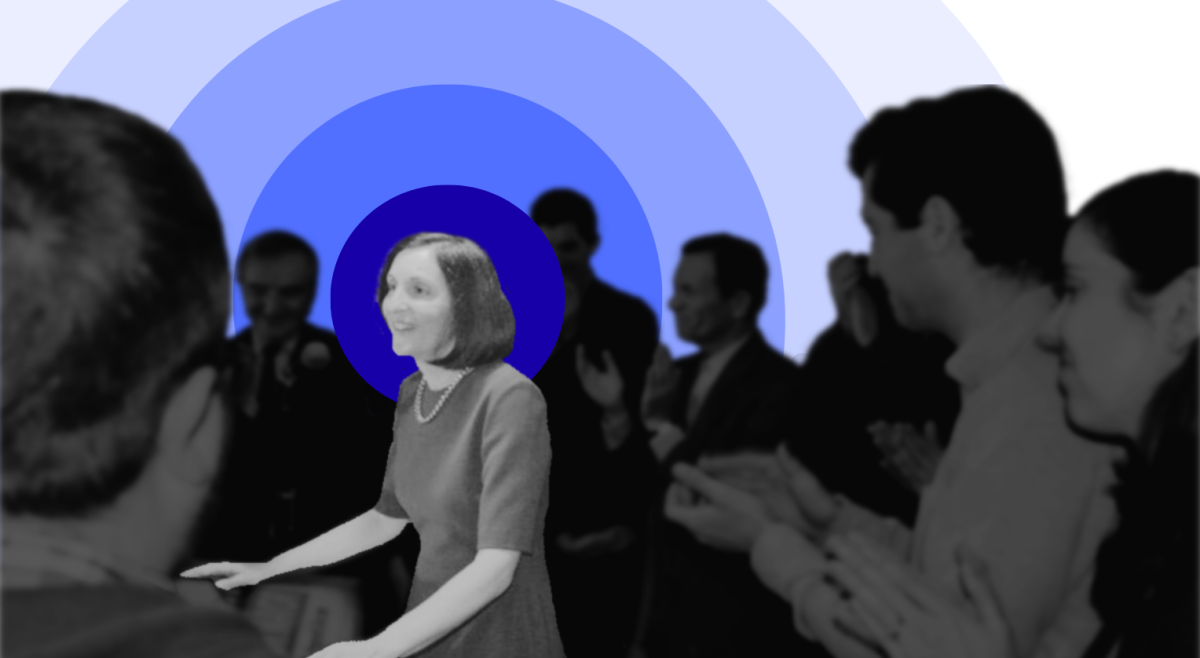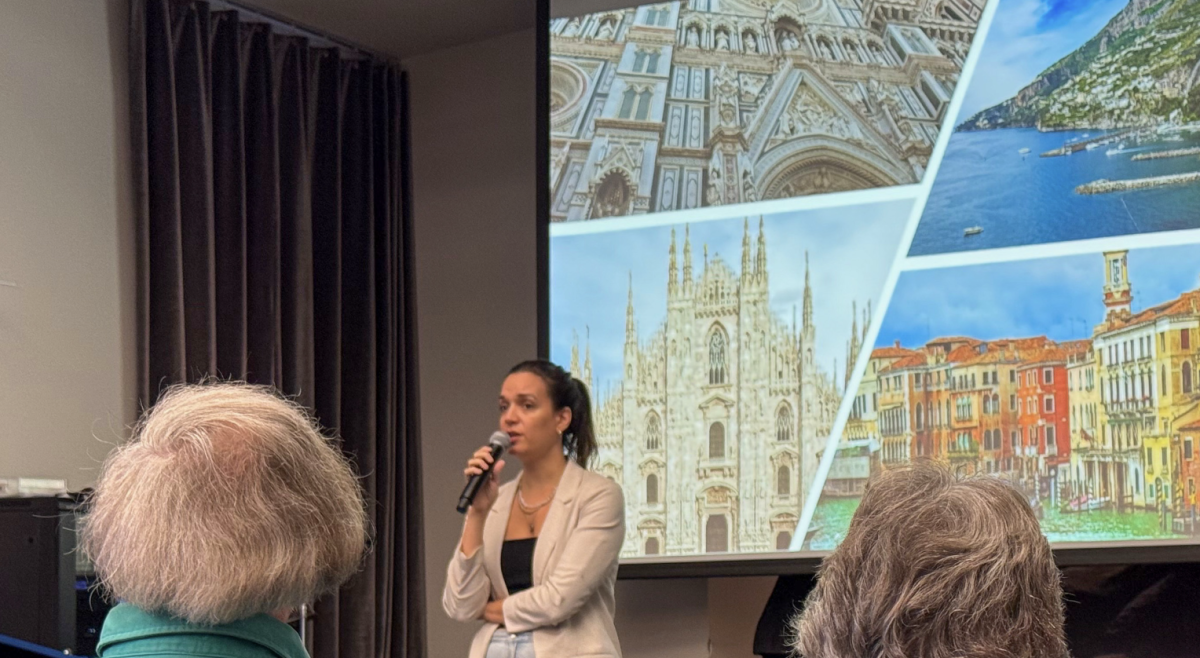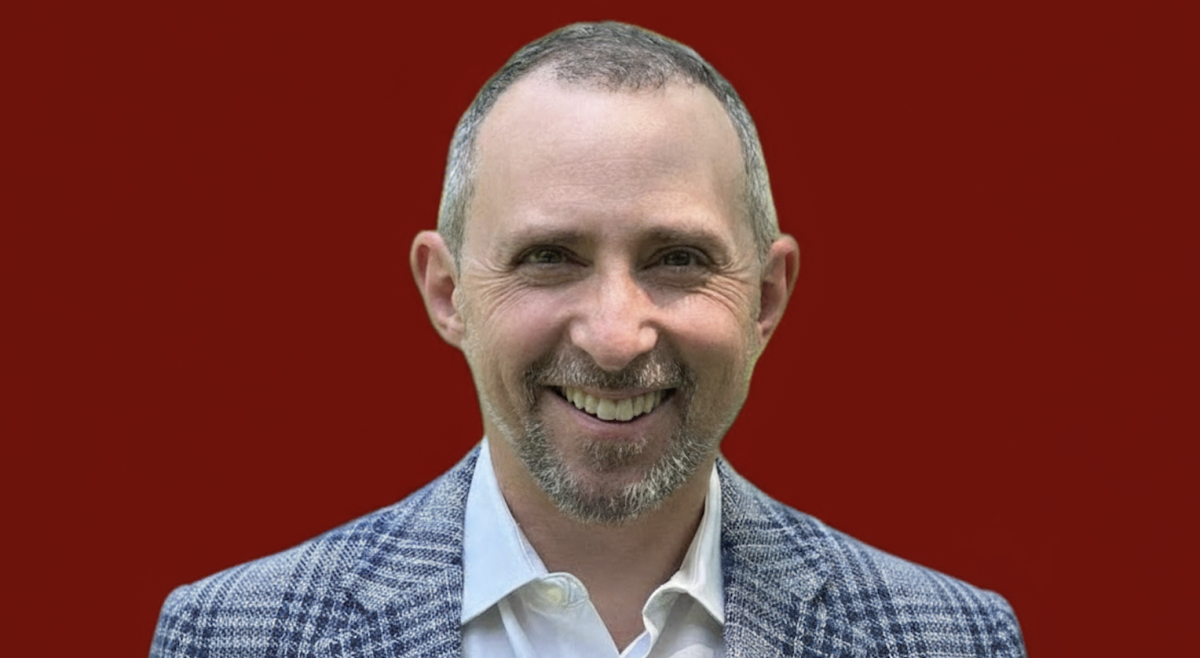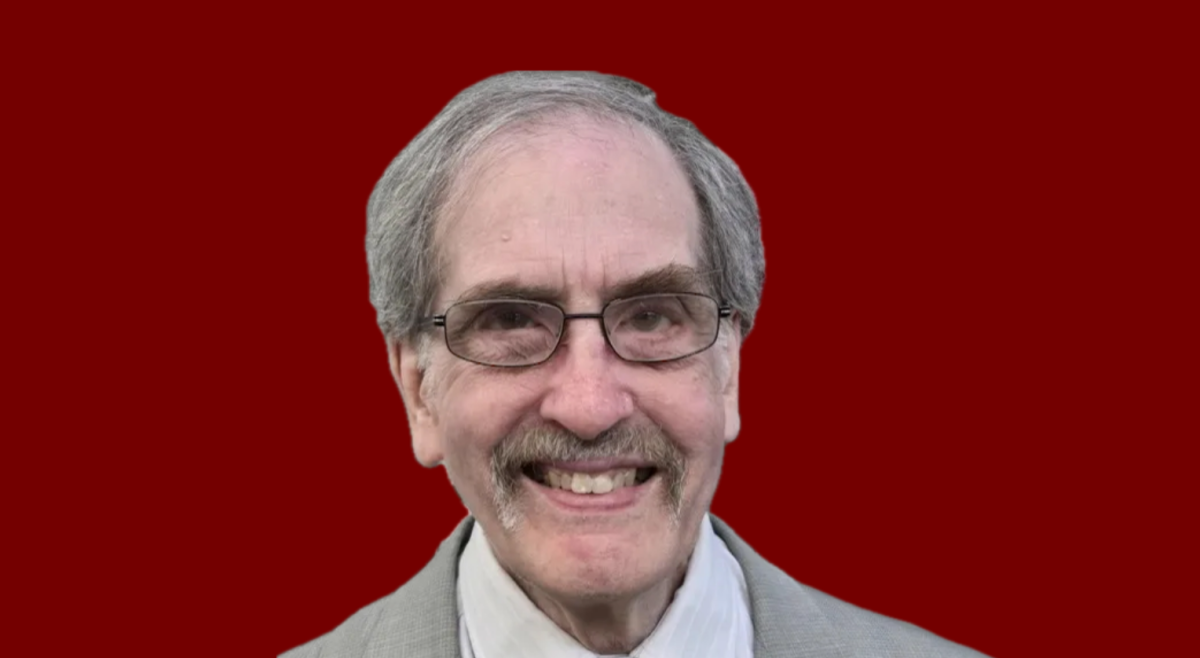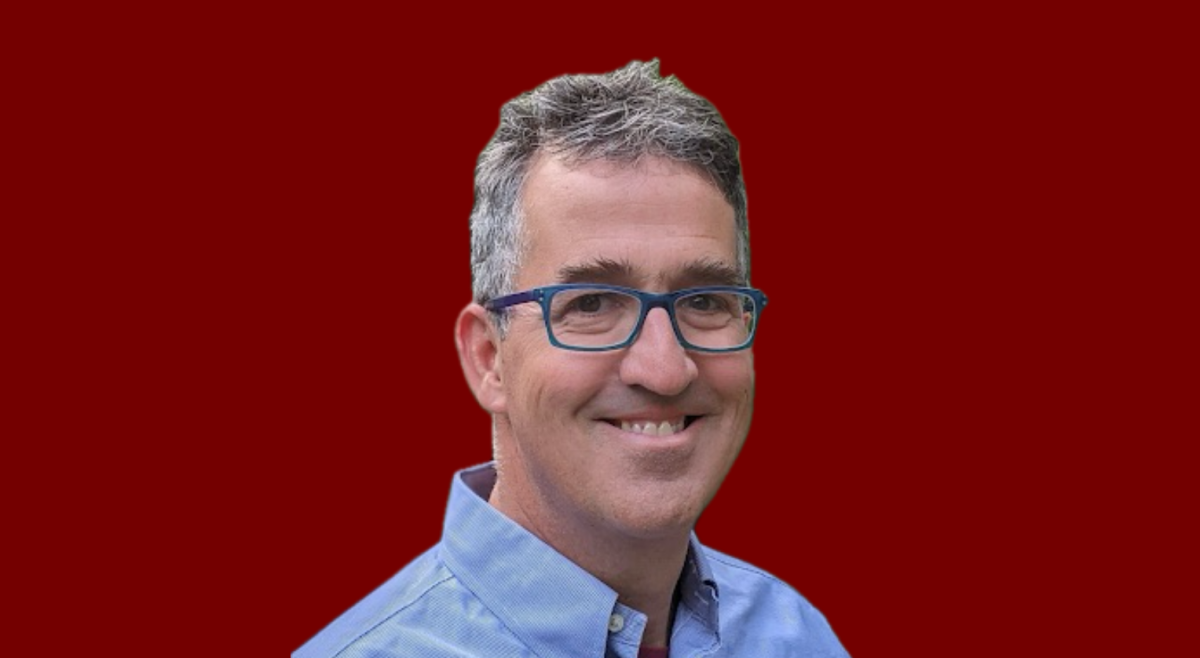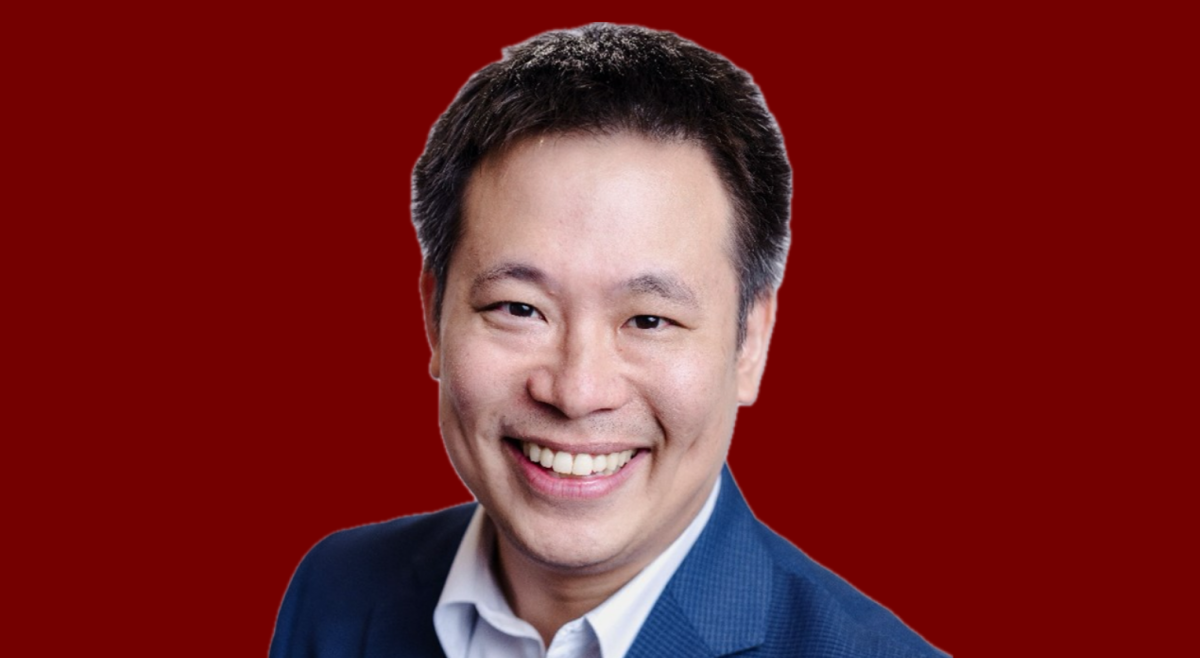“I’d like to begin with an anecdote that I find charming,” said Katie Hanson, assistant curator of paintings, Art of Europe, at the Museum of Fine Arts. She tugged the microphone free and began to move to the right side of the gallery, glancing back with a smile, “I don’t like to stand still.”
Hanson was presenting the MFA’s newest exhibit, Klimt and Schiele: Drawn, which opens to the public on Feb. 25 and runs through May 28. The exhibit celebrates the centennial of the deaths of the Austrian artists Gustav Klimt and Egon Schiele and showcases 60 rarely seen drawings, on loan from the Albertina Museum in Vienna.
Though separated in age by nearly 30 years, the two artists were friendly rivals and shared a mutual admiration and respect for each other’s work. Early on in their acquaintance, explained Hanson, Schiele proposed an exchange of drawings. He offered several of his own sheets to Klimt for only one in return, to which Klimt replied, “Why do you want to exchange with me? You draw better than I do.”
Drawn is the MFA’s first large-scale exhibition devoted to the the two artists. It seeks to create a dialogue between them and engages viewers in a search for meaning and expression within the figures and forms presented.
“I was particularly excited for the exhibit to have this title, because I love that the word drawn has the additional sense to it about being drawn to something,” Hanson said. “It evokes a sense of attraction, but at the same time a sense of tension.”
“Many of the drawings are unsettling upon first glance,” Hanson added. Unidealized and unapologetic, the stark naturalism and provocative portrayal of the human body both artists practiced shattered convention and sparked scandal in their time.
“They give you the sense that there’s more than meets the eye,” she said. “Not just what something looks like or might feel like to touch, but a visceral impact.”

The exhibition begins on the dark walls marking the entrance of the gallery, with a work by Klimt and Schiele facing each other across the open space. Drawings by Klimt line the left side of the gallery, Schiele’s the right.
“The way they drew was quite different, and for that reason we thought we would organize the drawings on parallel but separate trajectories, while highlighting the points of contact they had,” Hanson said.
Klimt’s drawings are largely delicate, while Schiele’s are bold. Klimt sketched figures in monochrome tones of black and white, with soft sinuous lines. Schiele sketched figures in bold blotches of watercolor to produce jagged outlines. But regardless of technique, the works come to life on the page, said Hanson.
Organized thematically, drawings are displayed by subject, which include nudes, portraits, plants, and places. The first drawings visitors see from both artists are taken from their academic beginnings. As visitors make their way through the gallery, they witness each artist’s break from tradition, the development of their own unique styles, and the scandal that resulted.
“Come up close, don’t be bashful,” urged Hanson, hovering her fingers along the outline of Schiele’s Nude Self-Portrait, completed in 1910. The piece has become a signature image for the show, Hanson said. “It shows you Egon Schiele seeing himself.”
Schiele sketches himself with one eye closed and the other halfway open. His body is elongated and decorated in colorful bruises of watercolor, outlined in a halo of white.

Hanson went on to emphasize the expressive nature of the piece, and the questions it sparks from viewers—of age, pain, life, and death. “The longer you spend with the works the more puzzling they become,” she said. “There aren’t definitive answers in many cases.”
“That why we try to leave a lot of space for people,” she said. “To look, think, and feel—to form their own reactions.”
“It’s an exhibition worth seeing,” said Matthew Teitelbaum, director of the MFA, at the conclusion Hanson’s tour. “These are two artists that were committed to the notion of freedom, and their commitment to this notion created some controversies in their time, controversies that some of their work elicits even today.”
“We believe that we are an institution that is engaged with the issues of our time, and when works of art raise those issues, we want to engage,” he said.
Featured Images by Isabel Fenoglio / Heights Editor

